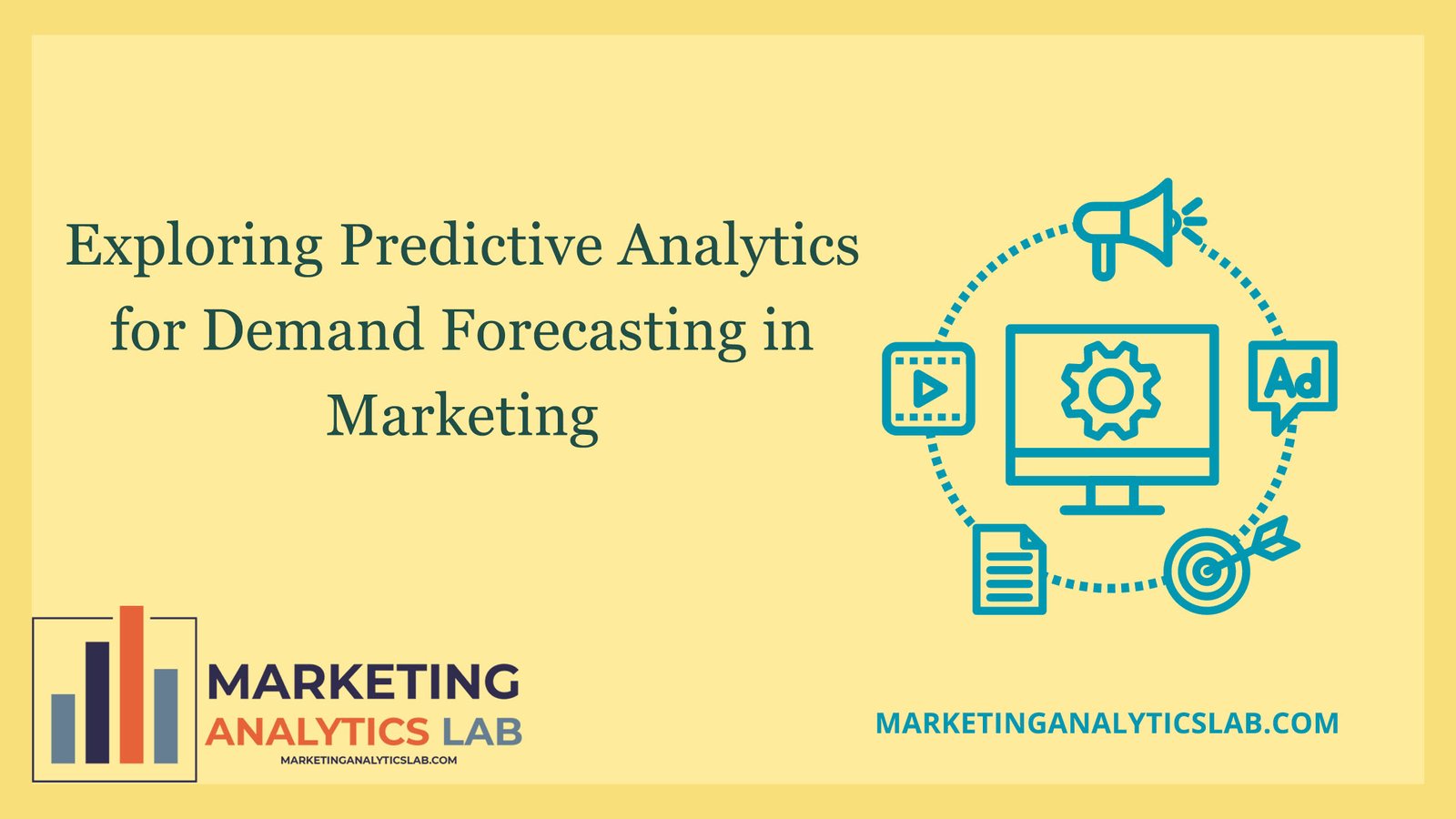Understanding Predictive Analytics for Demand Forecasting
Predictive analytics is a powerful tool that uses historical data, statistical algorithms, and machine learning techniques to predict future outcomes. In the context of demand forecasting in marketing, predictive analytics can help businesses anticipate consumer behavior, optimize inventory management, and improve decision-making processes. By analyzing patterns and trends in past sales data, businesses can make more accurate predictions about future demand for their products or services.
One key advantage of using predictive analytics for demand forecasting is its ability to provide insights that go beyond traditional forecasting methods. By incorporating a wide range of data sources, such as sales data, social media engagement, and customer demographics, businesses can gain a more holistic understanding of consumer behavior and preferences. This can help businesses identify potential opportunities for growth, anticipate changes in demand, and develop more targeted marketing strategies.
In addition, predictive analytics can help businesses mitigate risks and uncertainties by providing timely and accurate predictions. By using advanced analytics techniques, businesses can identify potential supply chain disruptions, market fluctuations, and other external factors that may impact demand for their products. This can enable businesses to proactively adjust their marketing strategies, pricing, and inventory levels to meet changing market conditions and customer needs.
Implementing Predictive Analytics in Marketing Operations
To leverage the full potential of predictive analytics for demand forecasting, businesses need to integrate analytics tools into their marketing operations. This involves collecting, analyzing, and interpreting data from various sources to generate meaningful insights and predictions. Businesses can use predictive analytics software to automate data collection and analysis, identify patterns and trends, and generate accurate demand forecasts.
One of the key steps in implementing predictive analytics in marketing operations is to build a robust data infrastructure. Businesses need to collect and store relevant data from different sources, such as sales transactions, customer interactions, and market trends, in a centralized data repository. This data can then be cleaned, processed, and analyzed using advanced analytics techniques to generate actionable insights for demand forecasting.
Once businesses have established a solid data infrastructure, they can start building predictive models to forecast demand for their products or services. These models can be trained using historical data and validated against actual sales data to ensure accuracy and reliability. By continuously monitoring and refining these models, businesses can improve the accuracy of their demand forecasts and make better-informed decisions to drive marketing strategies and business growth.

